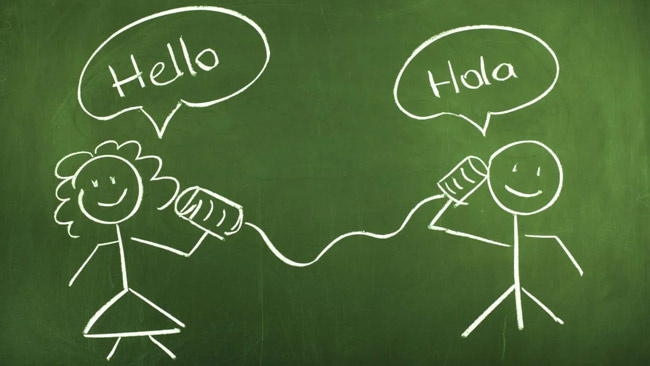
There is a high chance that all through your academic journey, the medium of instruction has been in only one language. Moreover, the dialect of instruction is likely to be your native language. This convenience is in line with the adage that states, “if it not broken, then do not fix it.” These are indeed wise words that have held on since their conception, perhaps. Well, bilingual education seeks to redefine how education is disseminated to students. Not to present a paradigm shift, but to add more value to the learners.
Bilingual education refers to a teaching method where academic content is delivered in two languages, dependent on the objectives of the structure. The first language is the native tongue, naturally, whereas the second language varies depending on geographical location and the curricula policies. This is more than merely learning a second language, as both languages are used predominantly as the means for instruction.
How does it work? Students start out by learning the elementary levels in their native language exclusively. Through this time, they also acquire the fundamentals of the second language. This is, thereupon, integrated into the model as they go higher up the grades. By the time students are at the primary level, they have learned and honed adequate proficiency in both languages for bilingual education.
Pathways to Bilingual Education
At the moment, three approaches have been tried and tested in the application of bilingual education. The methods vary depending on the particular institution, as well as the specific needs of the learners.
- Submersion – In this approach, both native and non-native speakers share the classroom with no special instructions to the non-native speakers. With no assistance provided, the students acquire the language through immersion.
- Submersion and instruction – In this approach, non-native students have a separate period where they learn the native language. The rest of the classes are shared regularly.
- Bilingual instruction – Instruction in this approach is initially carried out in the native language as students pick up on the second language. Once the desired proficiency is achieved, all students are integrated into the same class.
The approaches mentioned above, it follows, result in four types of bilingual education.
- Maintenance bilingual education – This is where the native language is used in the first years of school. Subsequently, there is a gradual shift to the language adopted by the school. Ultimately, subjects are then taught in both languages. In this case, students can handle academic tasks, such as writing help, in any of the languages.
- Transitional Bilingual Education – In this model, the native language is used partially or wholly during the formative years. Later on, there is a permanent switch to the second language of the school.
- Immersion bilingual education – This entails using the second language as the medium of instruction. This allows for full immersion of the students in the school language for the majority of their time in school.
- Two-way immersion bilingual education – This model presents an equal application of both languages in teaching. Therefore, native speakers gain more insight into the second language as the non-natives do with the native language.
In countries and institutions where bilingual education has been applied, the learners have shown to gain immensely from the approach. It is no secret that, in this case, two is undoubtedly better than one.
Significance of Bilingual Education

The importance of the bilingual model is evident to the learner and society by extension. We, therefore, seek to highlight some of the benefits of bilingual education.
The ability to apply two languages significantly improves the learners’ cognitive functionality. Bilingual students, as studies have shown, have demonstrated better aptitude in multi-tasking, solving problems, making decisions, and memory.
Bilingual education broadens the scope of opportunities that the learners can pursue. They can further their studies abroad in countries where the means of instruction is either of their languages. When it comes to careers, they are also not limited to countries that only speak in their native language. This makes them an ideal fit for international companies.
Bilingual students are also naturally more adaptable. This is a result of the different languages presenting different ways of life hence different perspectives to look at things. This is evident in academic, career, and social circles.
The integration and immersion into different cultures also enable the learners to have a better understanding of the world. They grow up with people from different backgrounds, consequently making them open-minded and more appreciative of cultural differences.
All factors considered, bilingual education has and keeps proving that the benefits are invaluable. As the world keeps shrinking into a global village, the need to mould bilingual students becomes all the more pressing. Its core values and relevance to our society today cannot be underscored enough.